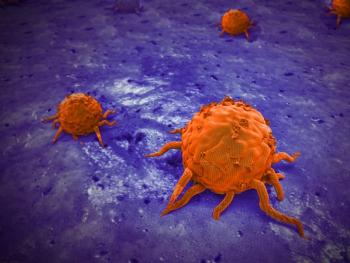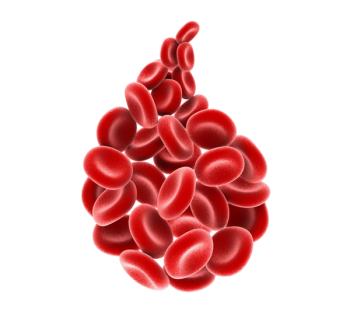
Oncology NEWS International
- Oncology NEWS International Vol 15 No 10
- Volume 15
- Issue 10
Demonstration Project Data Called 'Unreliable'
Medicare's 2005 chemotherapy demonstration project cost the Centers for Medicare & Medicaid Services (CMS) about $220 million, with beneficiary liability totaling approximately $55 million.
WASHINGTONMedicare's 2005 chemotherapy demonstration project cost the Centers for Medicare & Medicaid Services (CMS) about $220 million, with beneficiary liability totaling approximately $55 million. But the data collected proved unreliable, according to a report by the Department of Health and Human Services' Office of Inspector General (IG). The project continued in 2006 with significant modifications.
Providers in 2005 received $130 each time they reported an assessment of a patient's level of nausea, vomiting, pain, and fatigue through the claims system, with beneficiaries responsible for 20% coinsurance. About 90% of eligible providers took part, and 85% billed the demonstration codes at least half the time.
In its assessment, the IG's office found that 7% of the claims did not comply with project rules or were paid incorrectly, which resulted in $17 million in net overpayments. The median amount allowed per physician was approximately $23,000, but the top 10 billers were allowed more than $270,000 each.
It further found that CMS failed to sufficiently define the parameters of the demonstration, which led to inconsistent data collection and incomplete and unreliable data. "Because CMS did not mandate a specific approach to collecting the demonstration data, oncology practices implemented inconsistent data collection procedures. We identified numerous anomalies and gaps in the data and collection methods that demonstrate the unreliability and undermine the usefulness of the data," the report said.
Articles in this issue
about 19 years ago
Recombinant MAGE-A3 Cancer Immunotherapy Promisingabout 19 years ago
WHI Calcium/Vit D Trial:about 19 years ago
Negative Lymph Nodes Predict Survival in Stage III Colon Caabout 19 years ago
Oophorectomy Value Varies by BRCA Typeabout 19 years ago
FDA Approves Vectibix for Metastatic Colon Caabout 19 years ago
Brain Cancer Cells Attract Stem Cells for Angiogenesisabout 19 years ago
NCCN Presents Hematologic Ca Congressabout 19 years ago
Interim Results for MediGene's Oncolytic Virus NV1020about 19 years ago
GSK Files NDA for Tykerb for Advanced Breast Cancer RxNewsletter
Stay up to date on recent advances in the multidisciplinary approach to cancer.




















































































